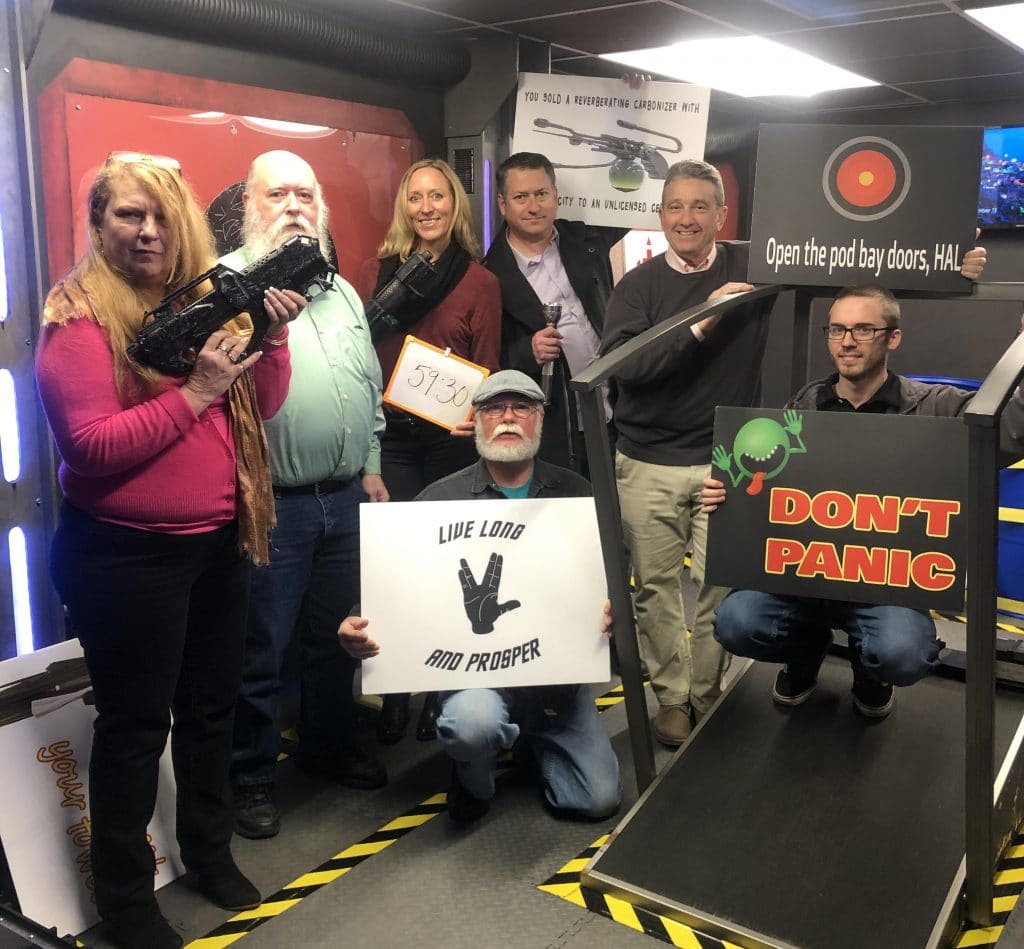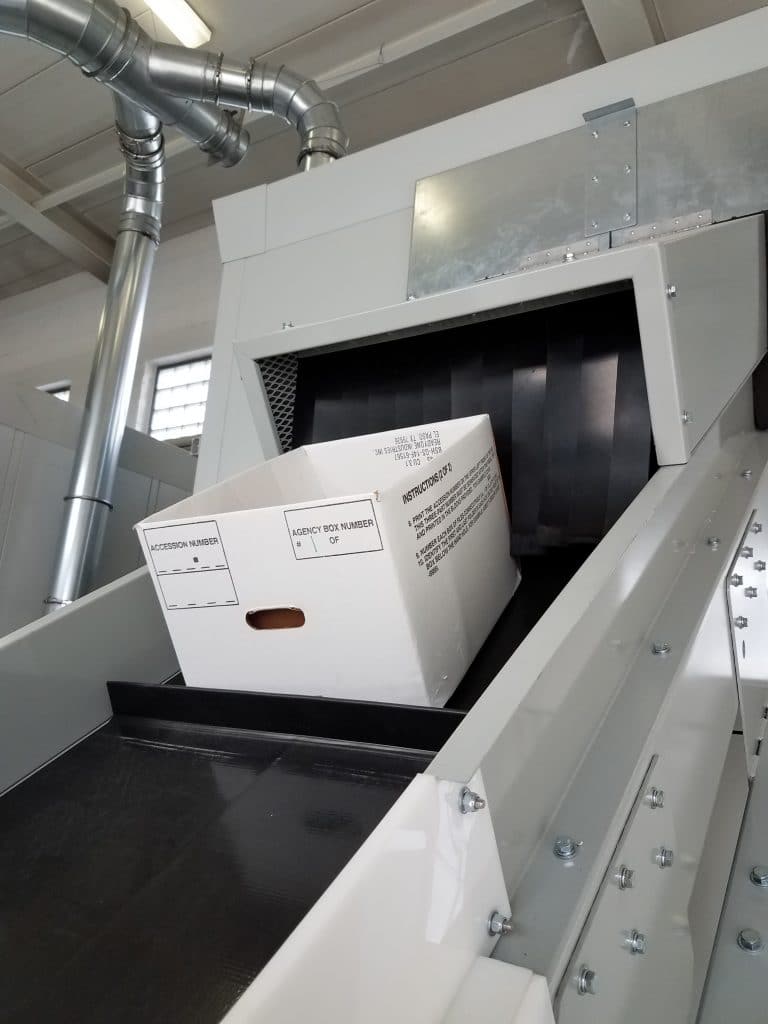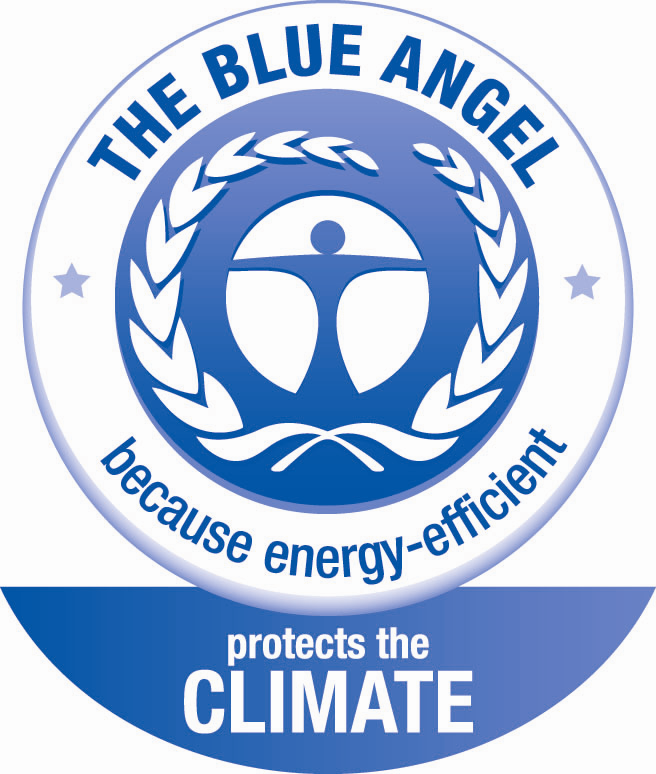The International Organization for Standardization (ISO) and the International Electrotechnical Commission (IEC), who together form the specialized system for worldwide standardization, have established a joint technical committee, ISO/IEC JTC, in the field of information technology. In August of 2018, ISO/IEC JTC internationally standardized the German Institute for Standardization’s DIN 66399 terms and principles for destruction of information technology data carriers. This standard, ISO/IEC 21964, is now being referenced by organizations on an international level when referring to data destruction requirements. The materials referred to in security levels are identical to those referenced in DIN 66399 and are as follows:
P — information in original size such as paper, film, and printing plates
F — information in miniaturized form such as microfilm and microfiche
O — information on optical data carriers such as CDs, DVDs, and Blu-ray Discs
T — information on magnetic data carriers such as floppy discs, ID cards, magnetic tape cassettes, mag stripe cards, and CAC IDs
H — information on hard drives with magnetic data carriers such as rotational hard drives
E — information on electronic data carriers such as memory sticks, RFID chip cards, solid state drives, and mobile communication equipment

The ISO/IEC 21964 limits for particle sizes also have not changed from the DIN 66399 standard and remain as follows:
Paper Media
- P-1: Particle size ≤ 2,000mm2 or strip width ≤ 12mm x unlimited strip length
- P-2: Particle size ≤ 800mm2 or strip width ≤ 6mm x unlimited strip length
- P-3: Particle size ≤ 320mm2or strip width ≤ 2mm x unlimited strip length
- P-4: Particle size ≤ 160mm2 and for regular particles: strip width ≤ 6mm, such as our Model 5141P
- P-5: Particle size ≤ 30mm2 and for regular particles: strip width ≤ 2mm
- P-6: Particle size ≤ 10 mm2 and for regular particles: strip width ≤ 1mm
- P-7: Particle size ≤ 5 mm2 and for regular particles: strip width ≤ 1mm or dissolved with particle size ≤ 5mm2 or shredded ash with particle size ≤ 5mm2 such as with our Model 244/4
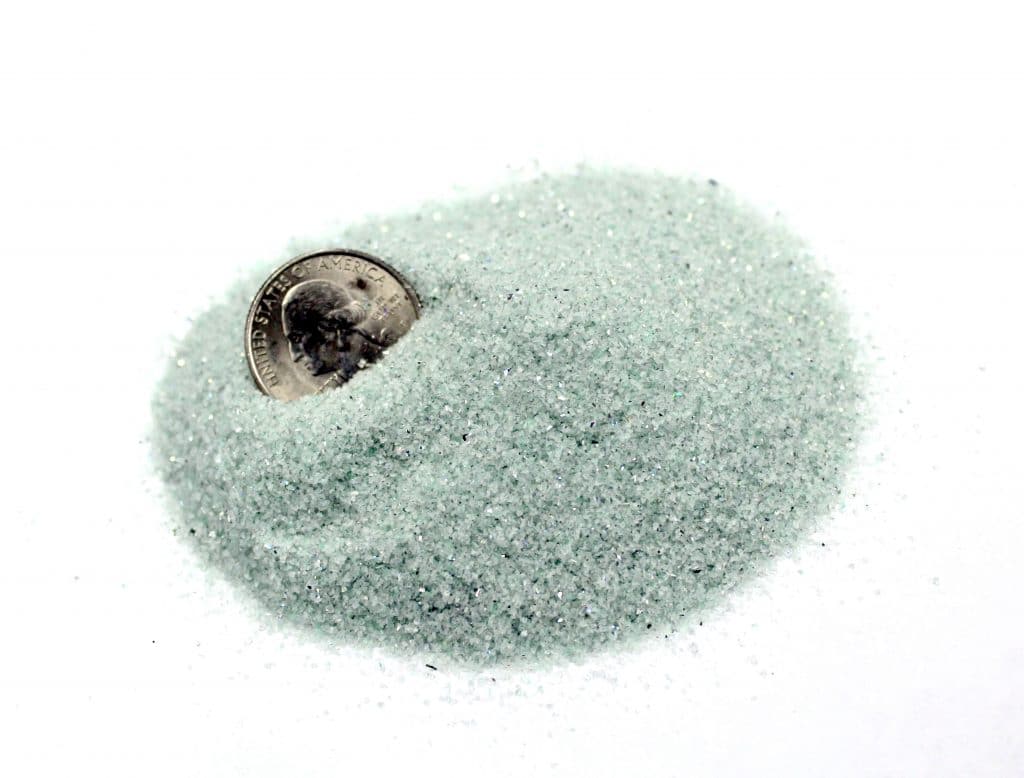
Optical Media
- O-1: Particle size ≤ 2,000mm2
- O-2: Particle size ≤ 800mm2
- O-3: Particle size ≤ 160mm2
- O-4: Particle size ≤ 30mm2
- O-5: Particle size ≤ 10mm2, such as with a Model 0201.
- O-6: Particle size ≤ 5mm2 or shredded ash ≤ 5mm2 or melted compound, such as with a Model 0200 OMD/SSD with Cabinet Kit
- O-7: Particle size ≤ 0.2mm2 or shredded ash ≤ 0.2mm2 or melted compound
Magnetic Media
- T-1: Medium physically unusable
- T-2: Medium broken into several parts and particle size ≤ 2,000mm2
- T-3: Particle size ≤ 320mm2
- T-4: Particle size ≤ 160mm2
- T-5: Particle size ≤ 30mm2
- T-6: Particle size ≤ 10mm2
- T-7: Particle size ≤ 2.5mm2 or shredded ash ≤ 2.5mm2 or melted compound, such as a Model DS-400
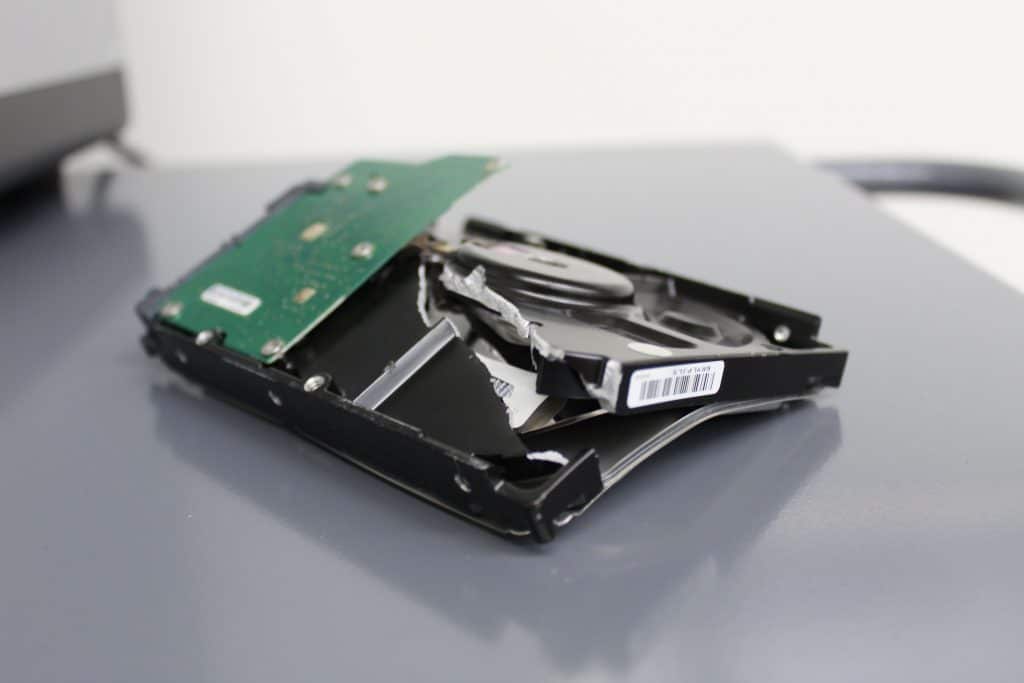
Hard Drive Media
- H-1: Hard drive physically/electronically unusable
- H-2: Data carrier damaged
- H-3: Data carrier deformed, such as with a Model 0101 Crusher
- H-4: Data carrier broken into several pieces and deformed and particle size ≤ 2,000mm2, such as with a Model 0305
- H-5: Data carrier broken into several pieces and deformed and particle size ≤ 320mm2
- H-6: Data carrier broken into several pieces and deformed and particle size ≤ 10mm2
- H-7: Data carrier broken into several pieces and deformed and particle size ≤ 5mm2 or heated above Curie temperature

Electronic Media
- E-1: Media physically/electronically unusable
- E-2: Media broken into pieces, such as with a Model 0101 with SSD Kit
- E-3: Media broken into pieces and particle size ≤ 160mm2, such as a Model 0304 Combo Shredder
- E-4: Data carrier (chip) broken into pieces and particle size ≤ 30mm2, such as a Model 0205
- E-5: Data carrier (chip) broken into several pieces and particle size ≤ 10mm2, such as a Model 2SSD
- E-6: Data carrier (chip) broken into several pieces and particle size ≤ 1mm2 or shredded ash ≤ 1mm2
- E-7: Data carrier (chip) broken into several pieces and particle size ≤ 0.5mm2 or shredded ash ≤ 0.5mm2, such as with a Model SSD1-HS
Film Media
- F-1: Particle size ≤ 160mm2 where 10% of the material may exceed the specified particle size, but shall not be more than 480mm2 in size.
- F-2: Particle size ≤ 30mm2 where 10% of the material may exceed the specified particle size, but shall not be more than 90mm2 in size.
- F-3: Particle size ≤ 10mm2 where 10% of the material may exceed the specified particle size, but shall not be more than 30mm2 in size.
- F-4: Particle size ≤ 2.5mm2 where 10% of the material may exceed the specified particle size, but shall not be more than 7.5mm2 in size.
- F-5: Particle size ≤ 1,0 mm2 where 10% of the material may exceed the specified particle size, but shall not be more than 3.0mm2 in size.
- F-6: Particle size ≤ 0.5mm2 or shredded ash ≤ 0.5mm2 where 10% of the material may exceed the specified particle size, but shall not be more than 1.5mm2in size.
- F-7: Particle size ≤ 0.2mm2 or shredded ash ≤ 0.2mm2 or dissolved. The particle size shall not be exceeded.
For more information, please visit our DIN 66399 (ISO/IEC 21964) page here.











